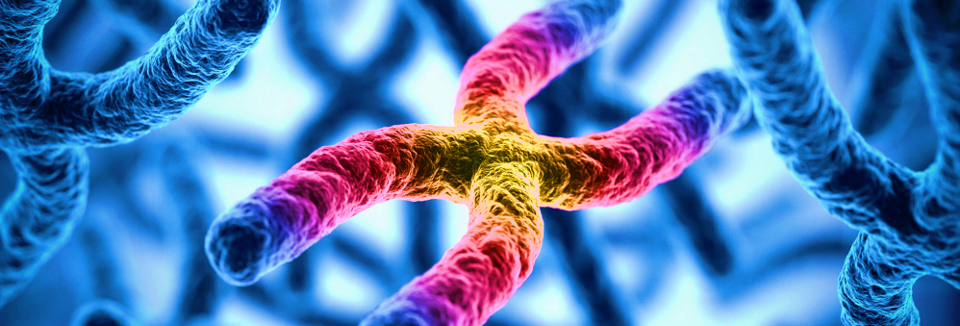CNVs (Copy Number Variations) are a type of submicroscopic structural variants, such as deletions, duplications, insertions, inversions and translocations, which involve a change in copy number with respect to the reference genome (Figure 1). Although they are relatively common in the structure of our genomes and contribute greatly to inter-individual variability, they have also been proven to be involved in a large number of diseases such as autism, Parkinson's, Alzheimer's, mitochondrial diseases or cancer, among others.
Next-generation sequencing (NGS) technology has become a key tool for the identification of CNVs, almost completely replacing others such as CGH arrays and MLPAs. However, the analysis of data from exome sequencing presents limitations that must be taken into account, as they may affect the accuracy of the results:
- Only imbalances of genomic information can be defined, while rearrangements that do not involve a net loss or gain, such as inversions or balanced translocations, will go undetected.
- The whole genome sequence is not available, which affects the detection of alterations that include uncaptured regions.
- The library preparation and capture process may result in regions with different coverage.
- Repetitive sequences make it difficult to uniquely map reads from sequencing.
- In tumour samples, copy number quantification may be compromised by low tumour percentage and intratumoural heterogeneity.
Figure 1: Types of genomic structural variations.
Although there are no reference standards for the analysis of CNVs, a number of recommendations should be followed whenever possible to achieve optimal results:
- Starting from good quality DNA.
- When several samples are analysed together, carry out DNA extraction, library generation, sequencing and bioinformatics analysis as uniformly as possible.
- Ensure proper coverage to increase the sensitivity and specificity of variant detection and facilitate quantification.
- Sequencing on platforms that offer longer read lengths. This will make it more likely to include the entire sequence of a CNV in a single read, improving its discovery and mapping.
- Have a set of controls that have the same origin and have been processed in the same way.
- Ensure tumour purity of more than 60% in neoplastic samples.
The characterisation of CNVs remains complicated, so it is necessary to be aware of their limitations. Furthermore, proper validation of those variants found, especially in the clinical setting, is key. The development of publicly accessible databases, both in controls and patients, will contribute in the future to elucidate the true significance of all CNVs analysed.
BIBLIOGRAPHY
- Koboldt DC et al. (2012) VarScan 2: somatic mutation and copy number alteration discovery in cancer by exome sequencing. Genome Res.
- Krumm N. et al. (2012) Copy number variation detection and genotyping form exome sequence data. Genome Res.
- Riggs ER et al. (2020) Technical standards for the interpretation and reporting of constitutional copy-number variants: a joint consensus recommendation on ACMG and the ClinGen. Genet Med.
- Yamamoto, T. et al. (2016). Challenges in detecting genomic copy number aberrations using next-generation sequencing data and the eXome Hidden Markov Model: a clinical exome-first diagnostic approach. Hum Genome Var.
- Zhang F. et al. (2009) Copy Number Variation in human health, disease and evolution. Genomics Hum.
- Zhao M. et al. (2013) Computational tools for copy number variation (CNV) detection using next-generation sequencing data: features and perspectives. BMC Bioinformatics.





